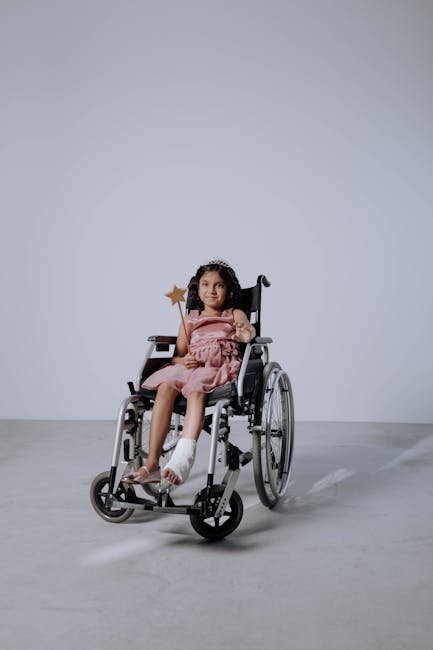The Science of Neuroplasticity and Its Role in Head Injury Recovery
When it comes to recovering from a head injury, the brain’s incredible ability to adapt and reorganize itself is nothing short of miraculous. This ability is known as neuroplasticity. Let’s dive into the fascinating science behind neuroplasticity and explore how it plays a crucial role in the recovery process after a head injury.
Table of Contents
1. What is Neuroplasticity? 🤔
2. How Neuroplasticity Works 💡
3. The Role of Neuroplasticity in Head Injury Recovery 🧠
4. Techniques to Enhance Neuroplasticity 🚀
5. Conclusion: Embracing the Brain’s Resilience 🌟
6. FAQs
What is Neuroplasticity? 🤔
Neuroplasticity is the brain’s remarkable ability to reorganize itself by forming new neural connections throughout life. This means that the brain is not a static organ but a dynamic and ever-changing system. Neuroplasticity allows the brain to adjust its activities in response to new situations or changes in the environment.
How Neuroplasticity Works 💡
When we learn something new or experience a change, our brain creates new pathways or strengthens existing ones. This process is driven by the repetition of certain actions and thoughts. For example, when recovering from a head injury, repeated practice and therapy can help reinforce the neural pathways that are necessary for regaining lost functions.
The Role of Neuroplasticity in Head Injury Recovery 🧠
After a head injury, the brain’s natural response is to repair and reorganize itself. Neuroplasticity plays a significant role in this recovery by:
– **Re-routing Functions**: If a specific area of the brain is damaged, neuroplasticity allows other parts of the brain to take over its functions.
– **Strengthening Pathways**: Through rehabilitation exercises, the brain can strengthen existing neural pathways to improve skills that were affected by the injury.
– **Creating New Connections**: New experiences and therapies encourage the brain to form new connections, aiding in the recovery process.
Techniques to Enhance Neuroplasticity 🚀
There are several ways to boost neuroplasticity, especially during the recovery from a head injury:
– **Engage in Cognitive Activities**: Puzzles, memory games, and learning a new language or skill can stimulate brain activity.
– **Physical Exercise**: Regular physical activity increases blood flow to the brain, promoting the growth of new neurons.
– **Mindfulness and Meditation**: These practices can reduce stress and enhance the brain’s ability to reorganize itself.
– **Therapeutic Interventions**: Tailored rehabilitation programs that focus on specific skills can accelerate recovery.
Conclusion: Embracing the Brain’s Resilience 🌟
The science of neuroplasticity offers hope and optimism for those recovering from head injuries. By understanding and embracing the brain’s natural ability to adapt, individuals can embark on a journey of recovery that taps into the brain’s resilience. So, whether you’re directly affected or supporting someone who is, remember that the brain is an incredible organ with a profound capacity for healing and growth.
FAQs
Q1: Can neuroplasticity occur at any age?
A: Yes, neuroplasticity can happen at any age, although it tends to be more robust in younger individuals. However, with the right stimulation, older brains can also form new connections.
Q2: How long does it take for neuroplasticity to aid in recovery?
A: The timeline for neuroplasticity to show effects can vary greatly depending on the severity of the injury and the individual’s engagement in rehabilitation activities.
Q3: Are there any foods that boost neuroplasticity?
A: A diet rich in omega-3 fatty acids, antioxidants, and nutrients like B vitamins can support brain health and potentially enhance neuroplasticity.
Q4: Can stress affect neuroplasticity?
A: Yes, chronic stress can negatively impact neuroplasticity. Managing stress through mindfulness and relaxation techniques is beneficial for brain health.

